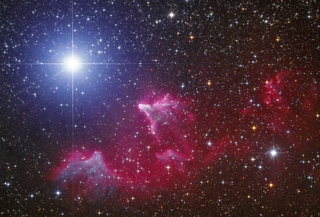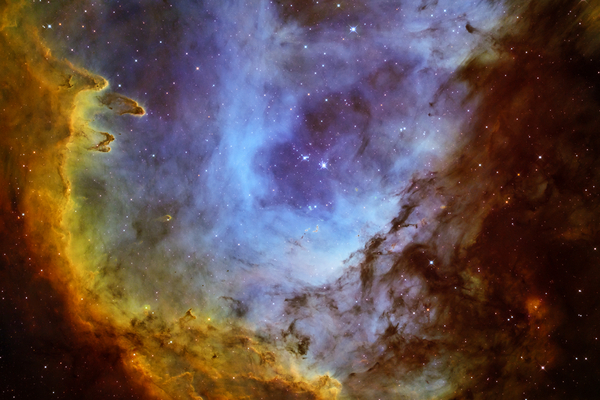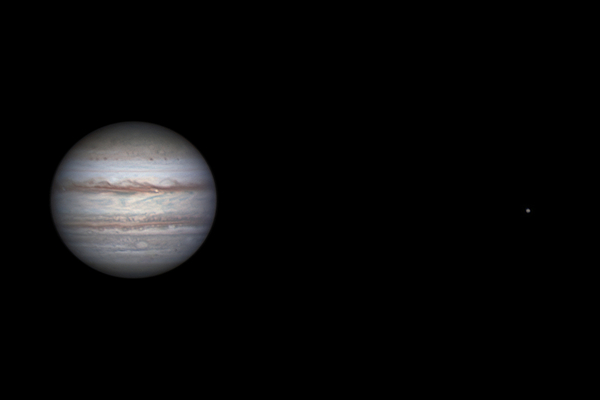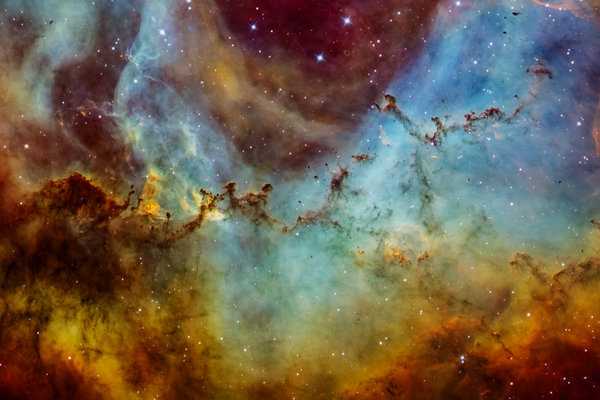Astrophoto of the month - November 2021 - The Gamma Cas and its friends
The old object in a new perspective on this capture by Bence Tóth
A wonderful and special astrophotography image each month by Hungarian astrophotographers.
The star Gamma Cassiopeiae
The Gamma Cassiopeiae, which is 550 light years away from Earth, is an interesting star because of its exciting physics and cosmical environment. The Gamma Cas is an eruptive variable star, its magnitude changes between 2.15 and 3.4. The brightness fluctuation of eruptive variable stars is caused by phenomena in the chromosphere, like eruptions and intense outflow of material. The Gamma Cas is a rapidly spinning star with a rotational velocity of 300 km/s, giving it a pronounced equatorial bulge. Due to the strong radiation the material escaping from the bulge forms a hot and bright disk around the star. The expansion and contraction of this disk of gas causes the change in brightness. The star is currently using up its last reserves of hydrogen and is embarking on its path to becoming a red giant. Its surface temperature is 30,900 K, which is extremely high. It emits 55000 times more energy into the cosmos than our Sun, and its X-ray radiation is ten times higher than other stars in the similar spectral type.
The cosmic nebulae that make the photo interesting
The bluish light of Gamma Cassiopeiae is reflected by the nearby interstellar nebulae. These are located in the physical proximity of Gamma Cas, 3-4 light years away. Their comet-like shape is created by the star's ionizing ultraviolet radiation and high-energy stellar wind. The red color is caused by the emission of ionized hydrogen, and the bluish glow is a reflection of the light of Gamma Cas. The astronomers search for star formation sites in the nebulae, according to their calculations the temperature inside these cosmic clouds can be around 500 and 700 degrees Kelvin. This temperature is considered mild, but it doesn’t rule out the possibility of star formation.
Why is it the Image of the Month?
The Gamma Cas and its nebulae have been captured countless times, even from Hungary. However, Bence Tóth's photo stands out from the others in all its quality and detail, but what makes it really interesting is its unique composition. Bence also composed the HD6130 star in the lower right corner into the field of view, which makes a great pair with Gamma Cas. It depicts the region diagonally, so a whole chain of nebulae appears in the field of view from left to right. This is a huge innovation in astrophotography, which has rigid compositional possibilities. In fact, Bence Tóth managed to capture this object in a way no other astrophotographer did.
Bence Tóth





